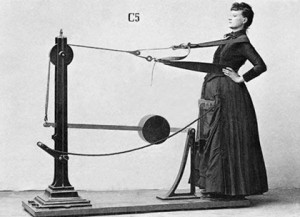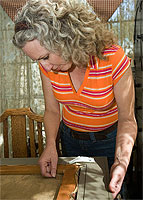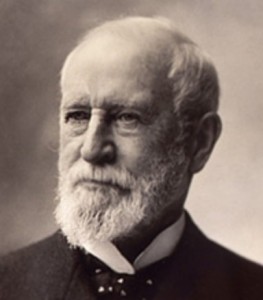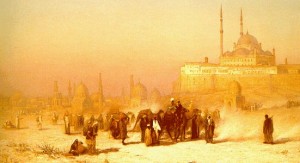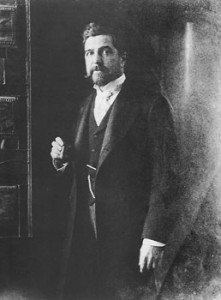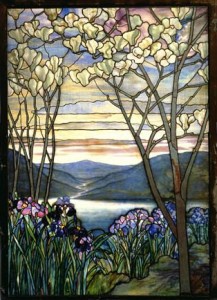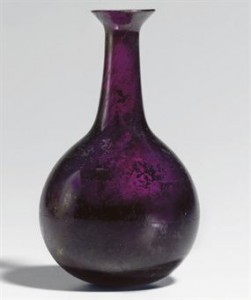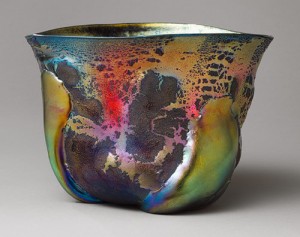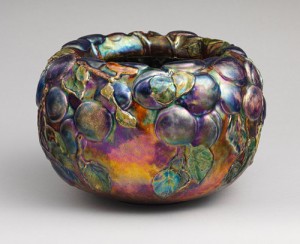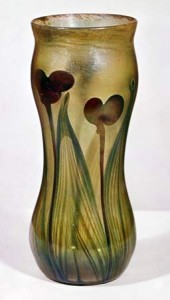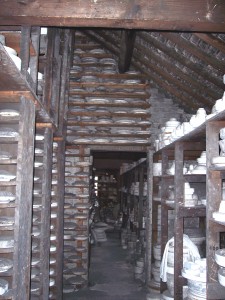After my delightful podcast recording this week with the blog authors of Vintage with Vengeance, I decided to look into the world & the word of VINTAGE.
Looking vintage up in Webster’s was not too much help as it mostly pertains to wine and grapes. However, here is the closest definition on Webster’s I could find: a period of origin or manufacture <a piano of 1845 vintage> b : length of existence. [sic]
I found this posting on eBay, which I thought was interesting:
Antique vs. Vintage. Definition and differences?
Jan 14, 2004 7:17 AM
Anyone know the correct definition of Vintage? vs. ‘Antique’? If one says ‘vintage’ in a description can it mean antique? Or is ‘vintage just from the mid-20th century? I received a ‘negative’ feedback (my first) because the buyer thought the item was Antique when I described it as ‘Vintage’. I want to make sure I know the difference before I respond. I am very upset about this. Thanks for you help.
Rosemary [sic] It is good to know that I am not the only one confused by this.
 I collected a few old cars many years ago and was looking at categories of cars, what was considered antique etc. I saw the word vintage used then for old cars, yet not antique. It was the same thing with old boats.
I collected a few old cars many years ago and was looking at categories of cars, what was considered antique etc. I saw the word vintage used then for old cars, yet not antique. It was the same thing with old boats.
 I am speculating that vintage is a blanket term such as retro seems to be. These terms can be used indefinitely for pieces from our not so distant past. I think it is human nature to somehow look back a few years and want to recapture the good memories we associate with pieces. You see that across the board with collecting habits. eBay is a good venue to watch the trends. A few examples I have noticed in the past are: lunchboxes, (I don’t know about you, but I liked hot lunch better) GI Joe collecting, Barbie Dolls, Cracker Jack toys, Star Wars, Teenage Mutant Ninja Turtles and even Happy Meal toys, etc. I am not saying this stuff should be called vintage and I know I am really reaching here, but people really collect this stuff. Next it will be more contemporary items that will trend and I cannot even speculate the list.
I am speculating that vintage is a blanket term such as retro seems to be. These terms can be used indefinitely for pieces from our not so distant past. I think it is human nature to somehow look back a few years and want to recapture the good memories we associate with pieces. You see that across the board with collecting habits. eBay is a good venue to watch the trends. A few examples I have noticed in the past are: lunchboxes, (I don’t know about you, but I liked hot lunch better) GI Joe collecting, Barbie Dolls, Cracker Jack toys, Star Wars, Teenage Mutant Ninja Turtles and even Happy Meal toys, etc. I am not saying this stuff should be called vintage and I know I am really reaching here, but people really collect this stuff. Next it will be more contemporary items that will trend and I cannot even speculate the list.
 In collecting antiques, I always heard people say they liked something because their grandmother had something similar to the particular piece and it reminded them of her. To keep antique collecting alive, we can only hope that someone wants to collect something that their grandmother had because that grandmother collected it because it reminded her of her grandmother. Did I loose you yet?
In collecting antiques, I always heard people say they liked something because their grandmother had something similar to the particular piece and it reminded them of her. To keep antique collecting alive, we can only hope that someone wants to collect something that their grandmother had because that grandmother collected it because it reminded her of her grandmother. Did I loose you yet?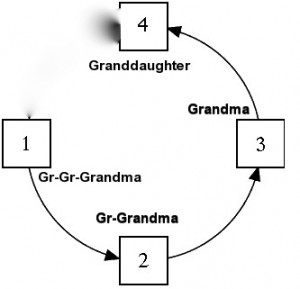
On our podcast Sally Schwartz said that Vintage means something from 20 or so years ago that is good quality or something along those lines. For over 30 years in the business I have associated things from the past as good quality and better then today’s pieces. Does that mean things are consistently going down hill? If so, the future is in trouble.
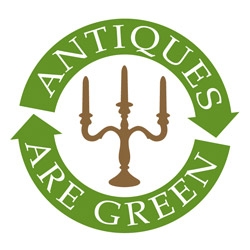 It seems like when anything becomes popular from our past the first thing that happens is knock-offs. I think that is sad as they pollute the market and they are never made as well as the originals. It is not a “green” way of living either, as there is plenty of vintage stuff around to be recycled. I understand some people just plain cannot stand to own pieces that someone else owned and want only new. For those people there is no alternative I can think of. However, if you like vintage for whatever you perceive vintage to be, you can chase it at vintage shops, flea markets, thrift shops, garage sales, eBay and Craigslist.
It seems like when anything becomes popular from our past the first thing that happens is knock-offs. I think that is sad as they pollute the market and they are never made as well as the originals. It is not a “green” way of living either, as there is plenty of vintage stuff around to be recycled. I understand some people just plain cannot stand to own pieces that someone else owned and want only new. For those people there is no alternative I can think of. However, if you like vintage for whatever you perceive vintage to be, you can chase it at vintage shops, flea markets, thrift shops, garage sales, eBay and Craigslist.
I still do not really know what vintage means to be quite honest, I think it might mean old, but not really antique. I think retro means the same, but correct me if I am wrong.
Check out our Vintage with Vengeance blog podcast here.
Feel free to post comments on what vintage (or retro) means to you below.

